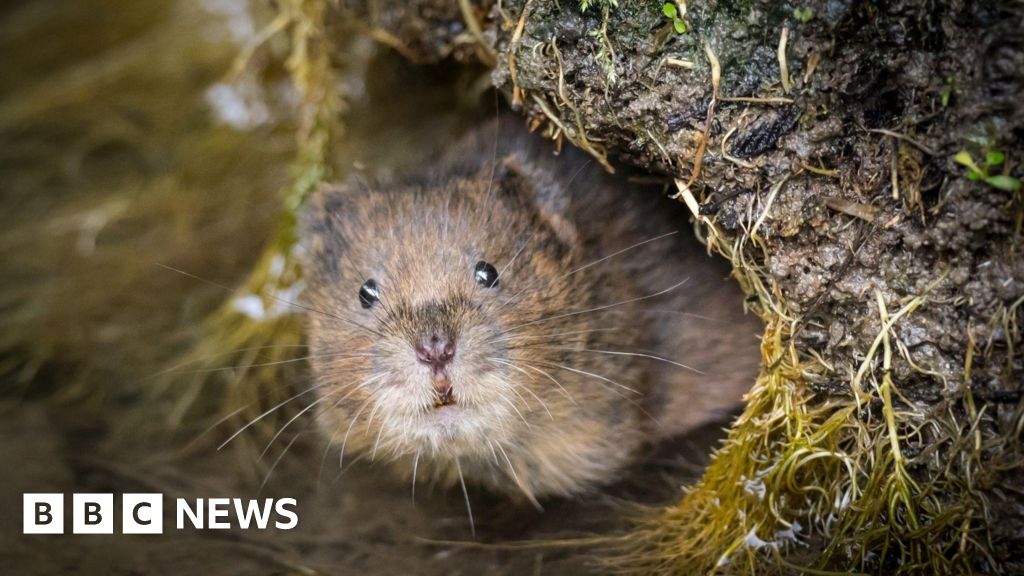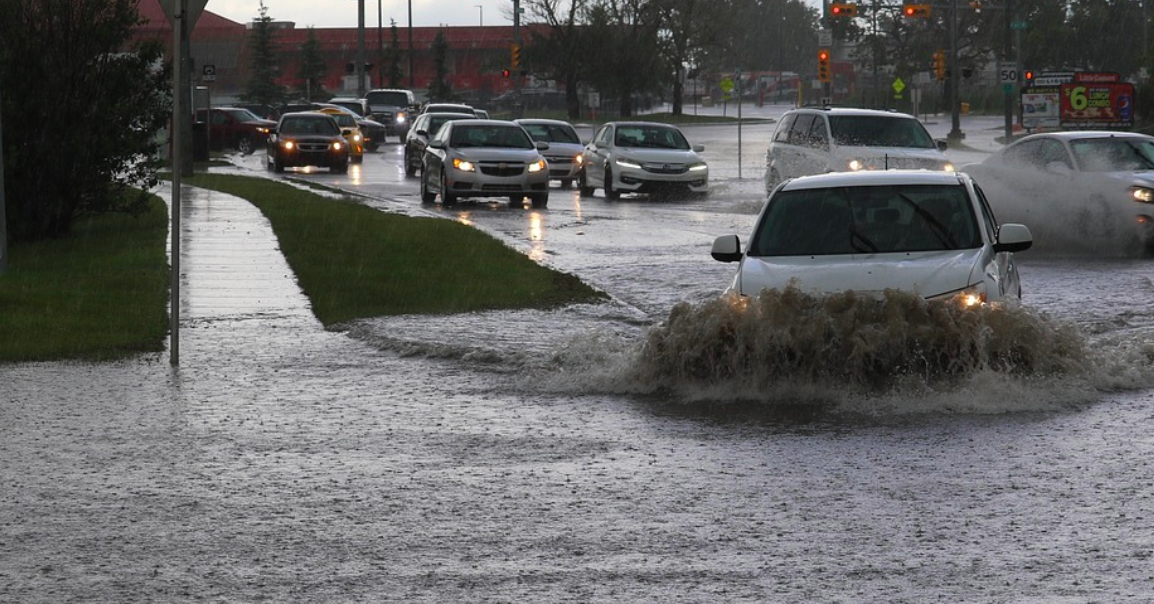
Breathing New Life: Idaho's Bold Plan to Reclaim Forgotten Mines and Restore Natural Landscapes
Idaho: A Natural Wonderland of Beauty and Resources The breathtaking beauty of Idaho is intrinsically linked to its extraordinary wealth of natural resources. From sweeping mountain ranges to pristine rivers and lush forests, the state is a testament to nature's magnificent canvas. Idaho's vast and diverse landscape offers more than just scenic views—it represents a rich tapestry of ecological and economic potential. Our state's natural bounty is truly remarkable. Expansive wilderness areas showcase towering evergreen forests, crystal-clear alpine lakes, and rugged mountain terrain that stretch as far as the eye can see. These landscapes are not merely picturesque; they are living ecosystems that support diverse wildlife and provide critical resources for our communities. The abundance of natural resources in Idaho drives our economy and sustains our way of life. From fertile agricultural lands that produce world-renowned potatoes to dense forests supporting timber industries, and mineral-rich mountains offering mining opportunities, Idaho's resources are a cornerstone of our state's prosperity. More than just an economic asset, these natural treasures represent our heritage and connection to the land. They invite exploration, inspire conservation, and remind us of the delicate balance between human progress and environmental stewardship.









